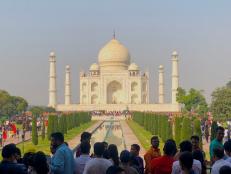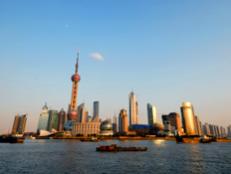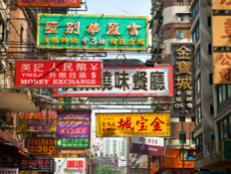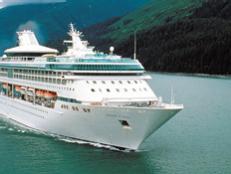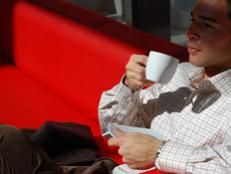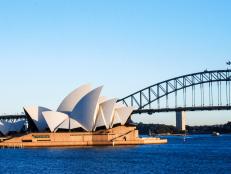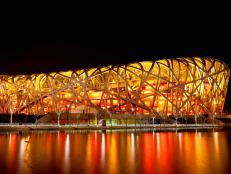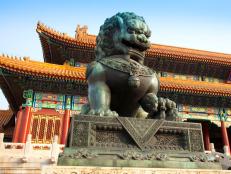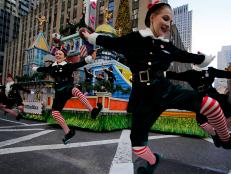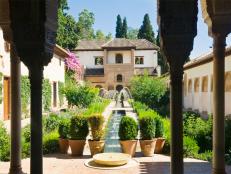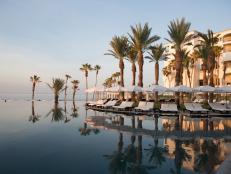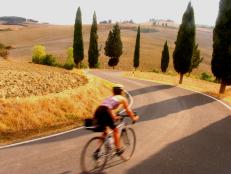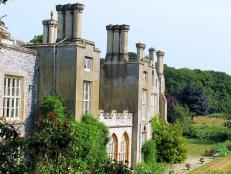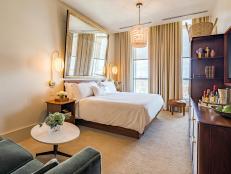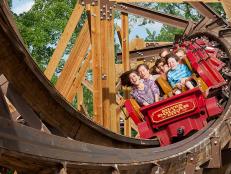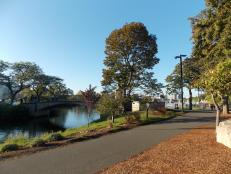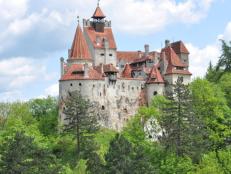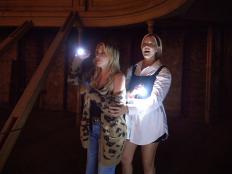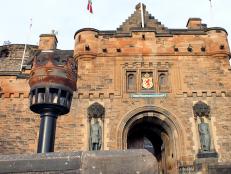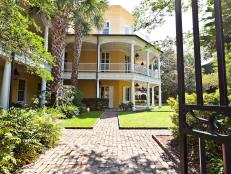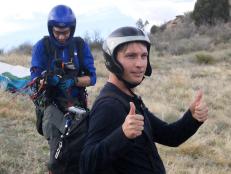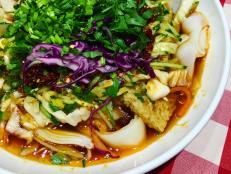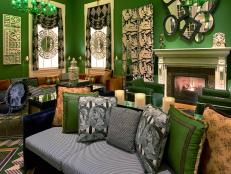Singapore in a Day or Two

iStockphoto
There was a time when there wasn’t a whole lot to do in Singapore. Pinned down by an undeserved reputation for being straitlaced and antiseptically prim, this little pinprick of an island at the foot of the Malaya Peninsula was invariably viewed as a cheap, duty-free gateway to somewhere else. How things have changed. These days, the island-state is a bustling hive of activity that blends a world-class financial center with a delightful cocktail of retail, gastronomic and cultural hotspots. Here’s a quick cheat sheet on what you should do if you have only about an extra day to enjoy the city while there on business.
Baba House
If you’re looking for a clear sense of the early commercial history of the Chinese in Singapore and how they lived, visit the Baba House museum. Built around 1895 by Wee Bin, a wealthy Peranakan shipping magnate, the building is a rare example of a period terrace house whose architectural details are predominantly Chinese. (The more common type of terrace house architecture found in Singapore has many classical European architectural features such as pilasters and pediments.) The house remained in the Wee family for more than a century and retains many original features like the terra cotta floor and ornate mouldings. A wonderful morning excursion.
Chinatown Heritage Center
One of the most overlooked sight-seeing spots in Singapore must be the Chinatown Heritage Centre. Set along a row of restored shop houses (traditional two story buildings which once held shops on the ground floor and residences upstairs) in Chinatown, the museum houses entire sets of bedrooms, kitchens and even street scenes from the late 19th century and early 20th century. It’s an authentic slice of Singapore’s history that’s made all the more fascinating by the gleaming skyscrapers just a few blocks away.
Haji Lane
Forget Orchard Road. These days, the street that’s locked into every serious fashionista’s GPS is Haji Lane. In the heart of the Muslim quarter, this little side street has been transformed from a row of gently crumbling, narrow shop houses into an aggressively hip retail stretch that lures clothes hounds looking for outfits with a bit of individuality and personality. Because most shops on the strip only open around 1 and 2 pm, first pop into Hjh Maimunah for wonderfully authentic Malay curries and stews. When you’re done shopping, visit the gold-domed Sultan Mosque around the corner.
40 Hands
Singaporeans are becoming increasingly discriminating about coffee. Since it opened late last year, Australian Harry Grover’s 40 Hands café (the name refers to the fact that it takes an average of 40 pairs of hands -- from plantation owner to barista -- to turn coffee beans into coffee) has been luring a steady crowd of suits, creative and media mavens, students and residents. The draw? A small, but fragrant menu of coffee made from single origin beans from Guatemala, Colombia, Cost Rica and Papua New Guinea, paired with yummy local pastries.
Malmaison by the Hour Glass
Singapore’s first luxury concept store is discreetly tucked away above an equally luxurious watch retailer. Wander to the rear of the ground floor and climb the stairs with wrapped leather handrails into an otherworldly cocoon of Frederic Malle perfumes, limited edition Taschen coffee table books, bespoke footwear by Parisian institution Pierre Corthay, vibrant artwork and handmade home accessories. The sprawling space was inspired by Napoleon’s Chateau de Malmaison, which explains the distinct ornately furnished salons which showcase the merchandise.
Night Safari
Here’s a zoological experience with a twist: Singapore’s night safari takes you on a unique evenings-only tour of the animal kingdom in all its nocturnal glory. Featuring animals that are at their most active at night, the world’s first night zoo showcases more than 1,000 critters from 120 species, 1/3 of which is endangered. Hop onto a tram for a 45-minute ride, complete with piped commentary, through the zoo’s 8 geographical zones including such animals as giant flying squirrels, African Forest Antelopes and civets from the Himalayan foothills, South American pampas and equatorial Africa.
